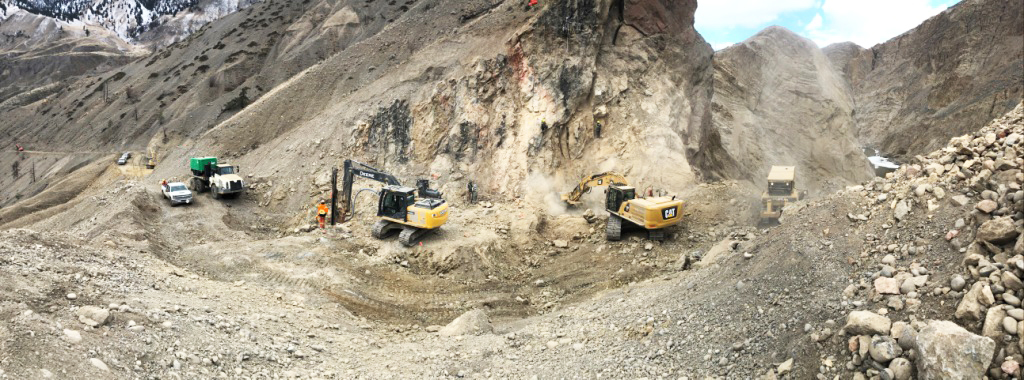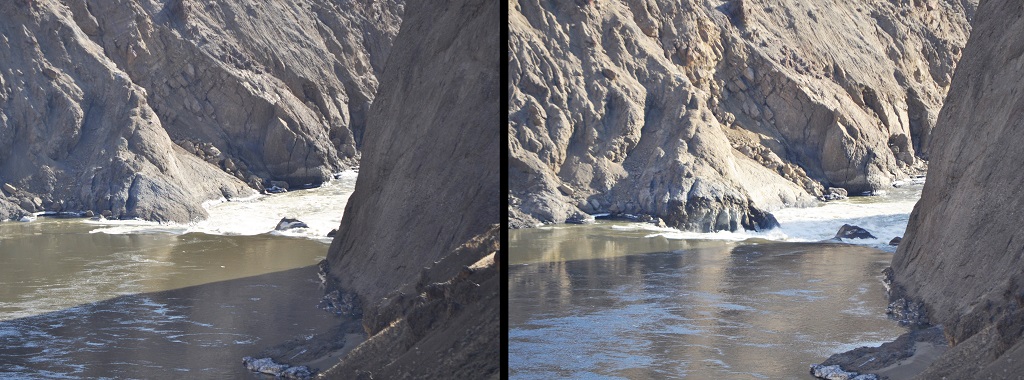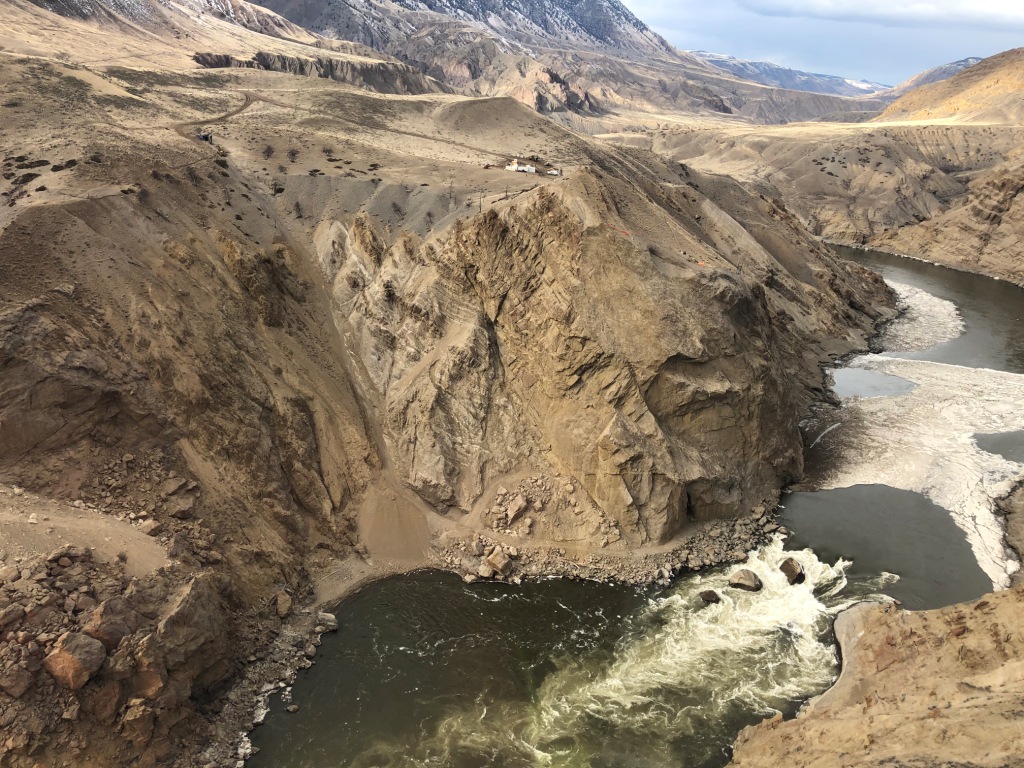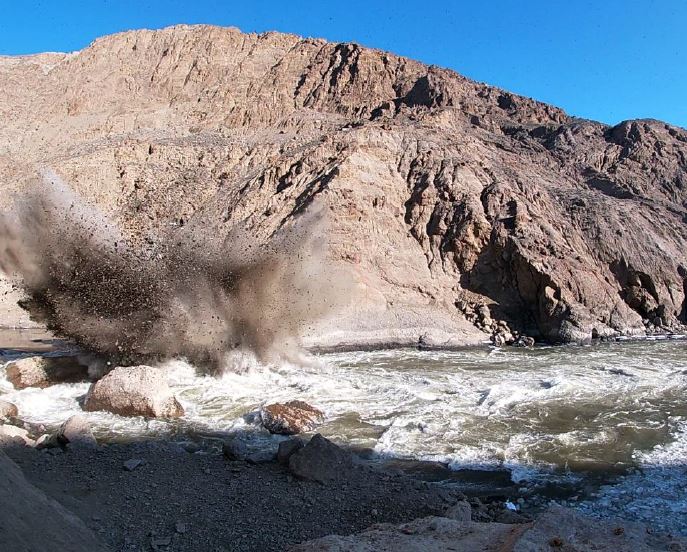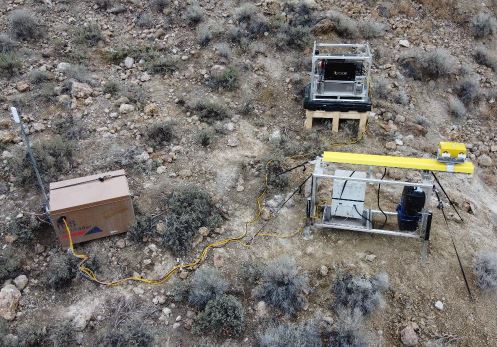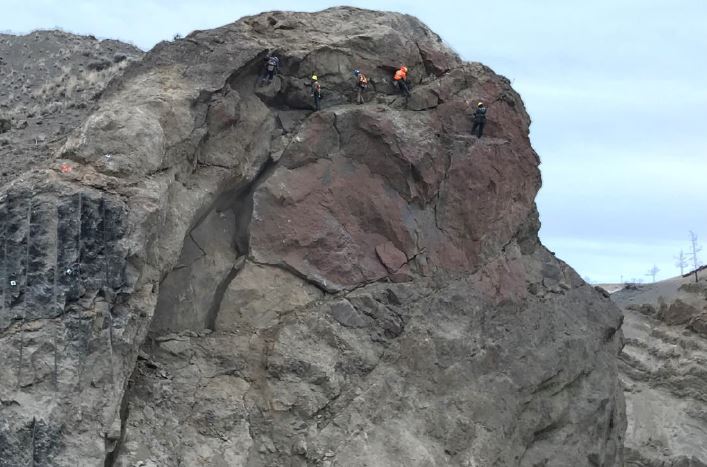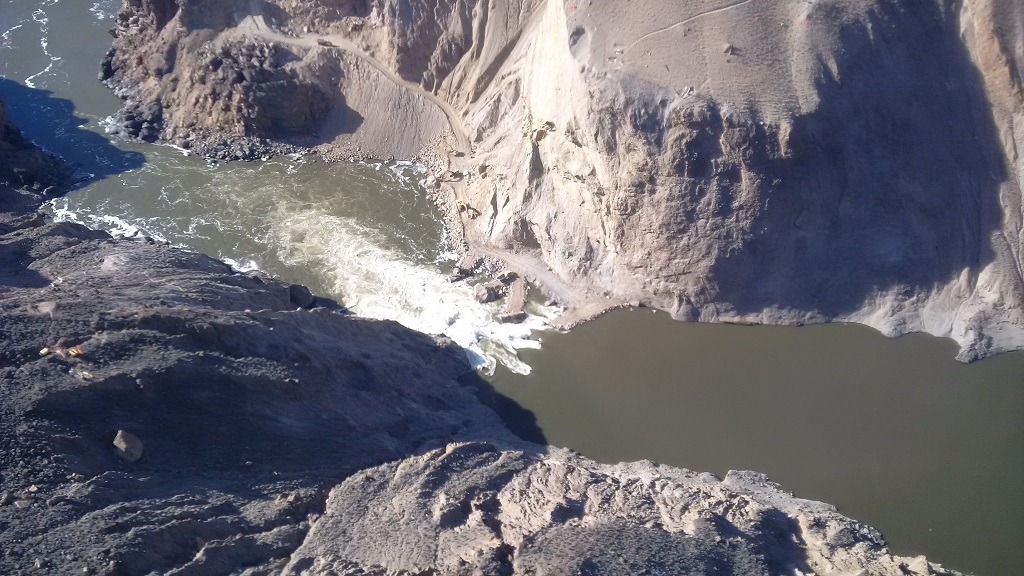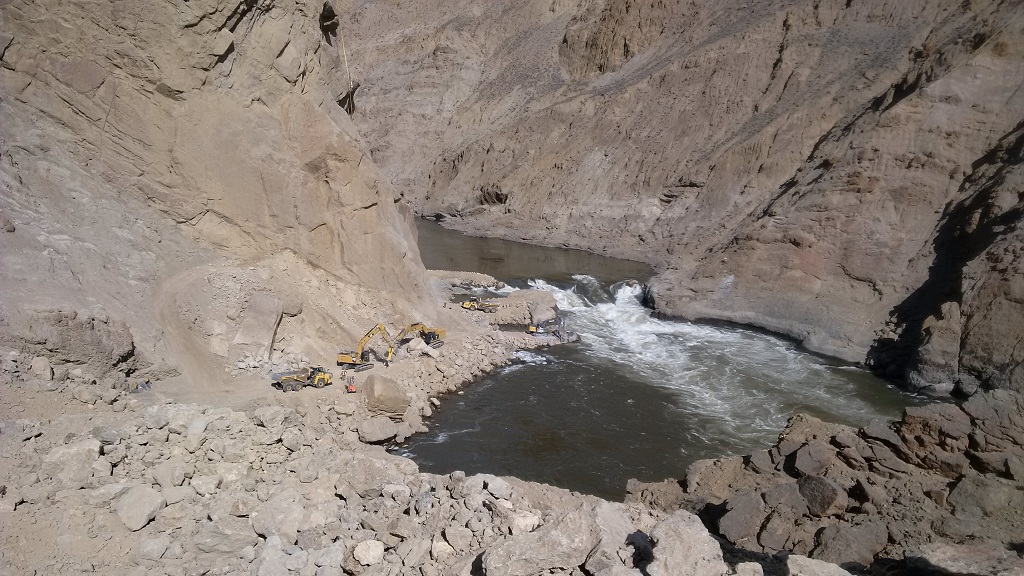I'm sure this isn't the first landslide on the Fraser over the last hundred years with minimal impact on spawning salmon migration up stream. I'm thankful for the efforts used to take salmon above the slide to continue on but like others have said salmon swim up decent size falls, there's vids online of them shooting up what appeared to be what I thought was impossible with no problem at all. There's a lot of water there I bet the line share swam past that spot with out the help of helicopters. Not to mention over time that amount of water will erode channels making that easier over time.
On a random note - the biggest threat to salmon stocks is nets both in the ocean and on rivers they are far to effective. 10 Chinook per year per angler is not a stock killer lets be realistic. Continue to increase enhancement through restoring streams, rearing channels and properly funding the hatcheries where so many folks volunteer their time, close rivers down when salmon spawn 100%, get rid of the net salmon fisheries and the stocks will rebound guaranteed in 4-6 years.


